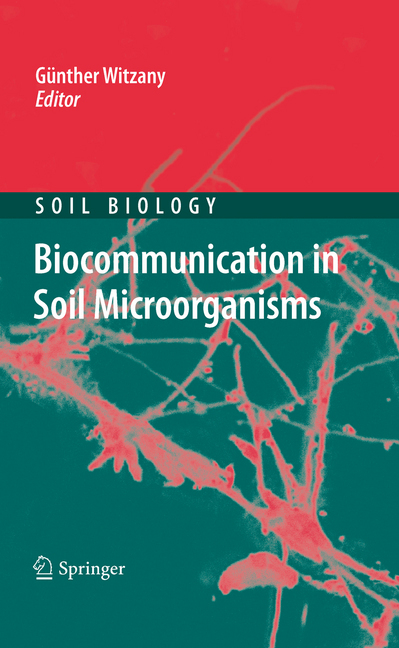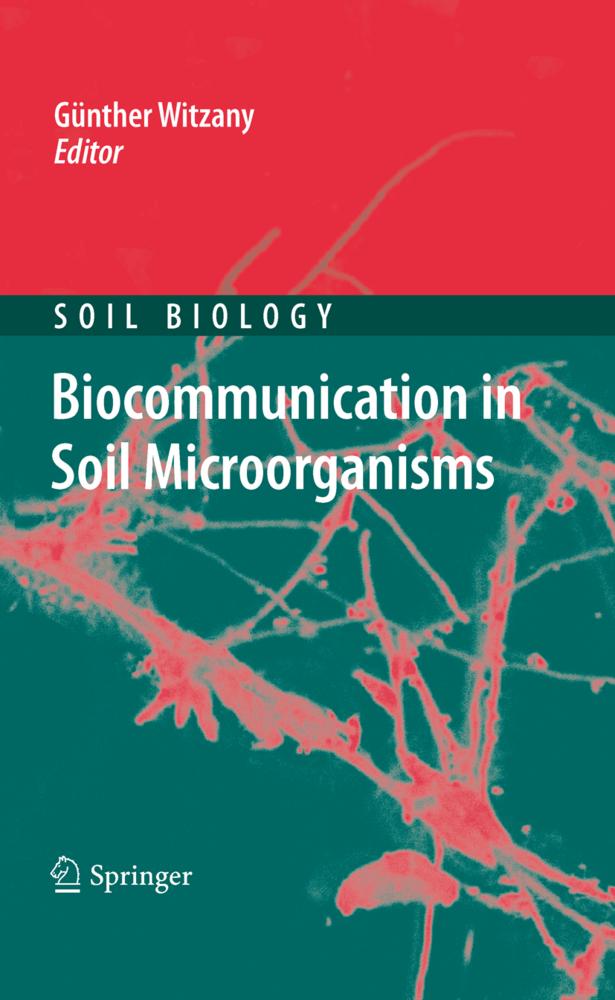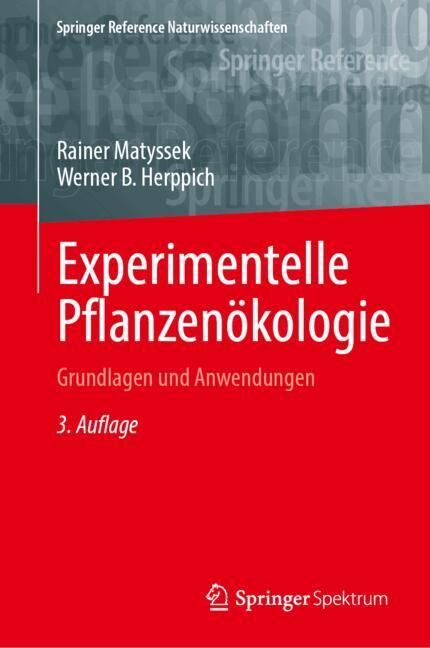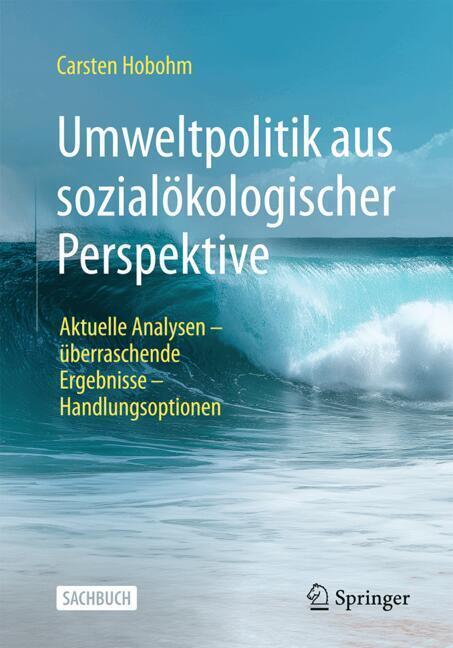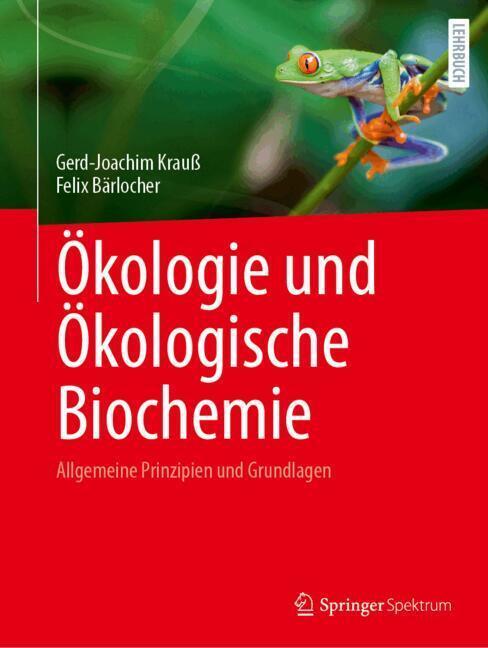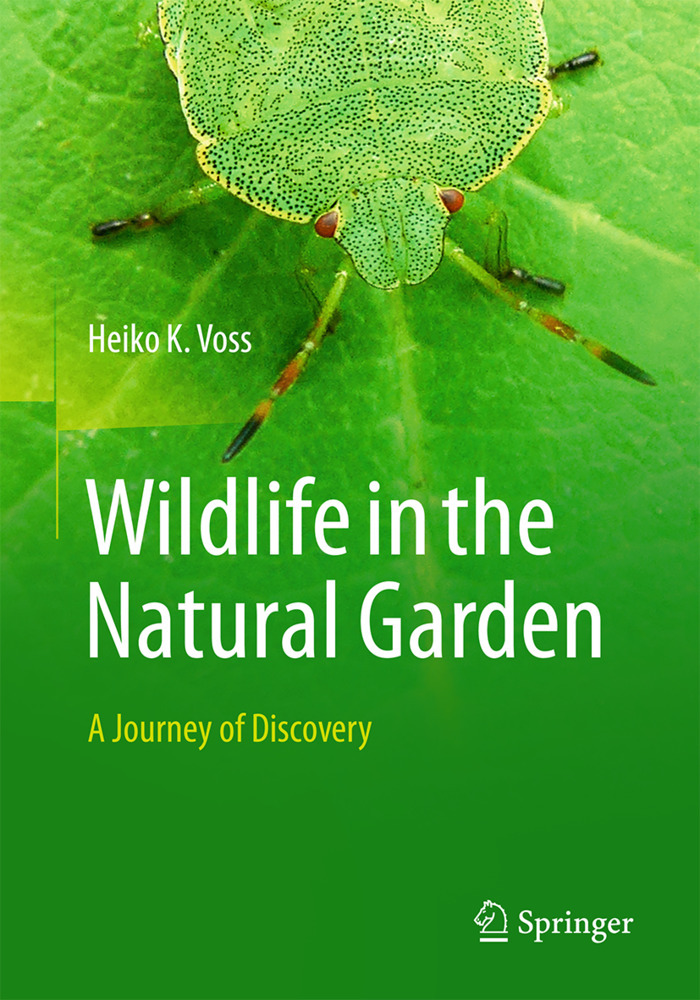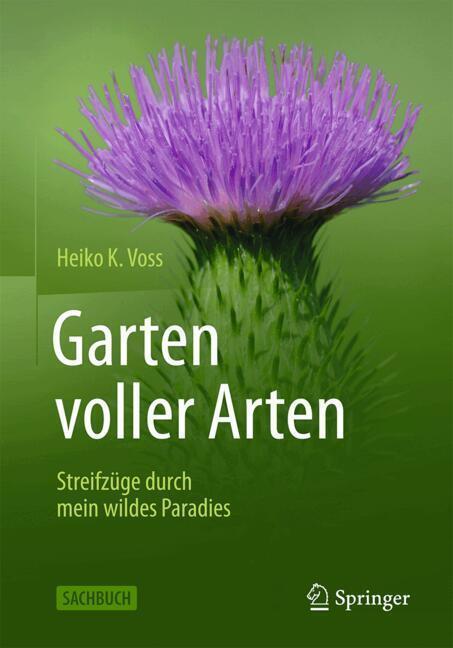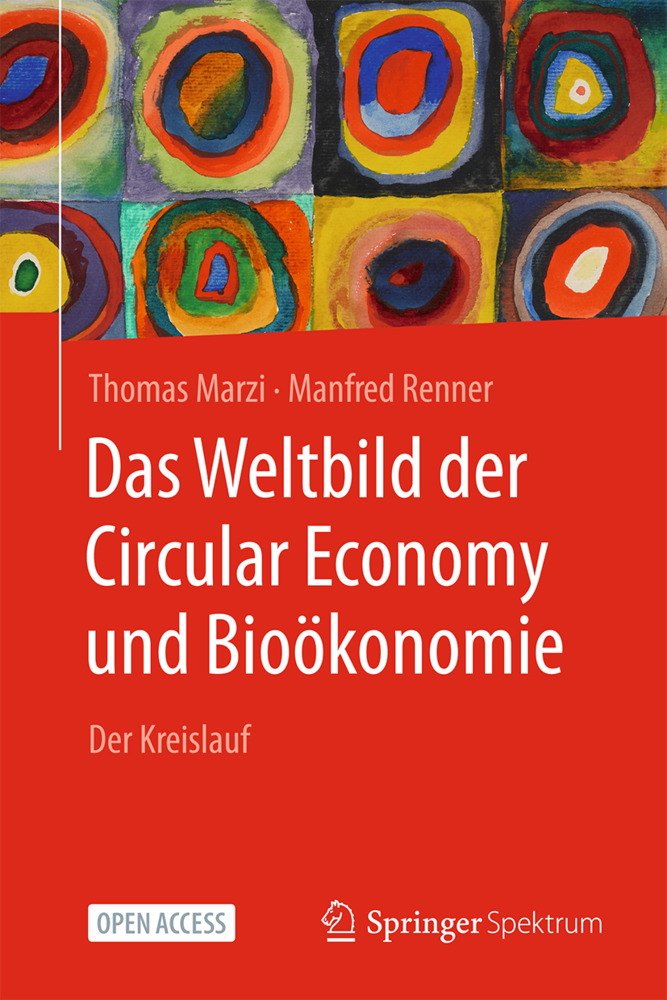Communication is defined as an interaction between at least two living agents which share a repertoire of signs. These are combined according to syntactic, semantic and context-dependent, pragmatic rules in order to coordinate behavior. This volume deals with the important roles of soil bacteria in parasitic and symbiotic interactions with viruses, plants, animals and fungi. Starting with a general overview of the key levels of communication between bacteria, further reviews examine the various aspects of intracellular as well as intercellular biocommunication between soil microorganisms. This includes the various levels of biocommunication between phages and bacteria, between soil algae and bacteria, and between bacteria, fungi and plants in the rhizosphere, the role of plasmids and transposons, horizontal gene transfer, quorum sensing and quorum quenching, bacterial-host cohabitation, phage-mediated genetic exchange and soil viral ecology.
1;Preface;6 1.1;Why Biocommunication of Soil Microorganisms?;6 1.1.1;On the Interorganismic Level (Between Same and Related Organisms);8 1.1.2;On the Intraorganismic Level;9 1.1.3;In Vitro Analyses Lack Context-Dependent Behaviors of Real Life Habitats;11 1.1.4;Biocommunication of Soil Microorganisms;11 1.1.5;Contributions to the biocommunication of soil microorganisms;12 1.2;References;13 2;Contents;14 3;Contributors;18 4;Chapter 1: Introduction: Key Levels of Biocommunication of Bacteria;22 4.1;1.1 Introduction: Communicative Competences of Bacteria;22 4.2;1.2 Semiochemical Vocabulary and Communicative Goals of Bacteria;24 4.3;1.3 Transorganismic Communication of Soil Bacteria;25 4.4;1.4 Interorganismic Communication;26 4.4.1;1.4.1 Interpretation and Coordination;27 4.5;1.5 Intraorganismic Communication;30 4.5.1;1.5.1 Intracellular Communication;32 4.5.2;1.5.2 Bacterial Evolution and the Agents of Natural Genome Editing;33 4.5.3;1.5.3 Lytic vs. Persistent Viral Life Strategies;33 4.5.4;1.5.4 Bacteria as Global Habitat for Viruses;35 4.6;1.6 The Origins of Bacterial Group Identity;37 4.6.1;1.6.1 Obligate Viral Settlers of Bacteria;37 4.6.2;1.6.2 The Role of Persistent Viruses in Gene Word Order of Bacteria;39 4.6.3;1.6.3 Infection-Driven Group Identity and Group Immunity;40 4.7;1.7 Transfer of Viral Competences as Modular Tools;41 4.7.1;1.7.1 Molecular Identity Markers;41 4.7.2;1.7.2 Persistent Phages Determine Bacterial Identity;41 4.7.3;1.7.3 Addiction Modules Function as Counterbalanced Viral Competences;43 4.7.4;1.7.4 The Persistent Viral Lifestyle of Plasmids and the Role of tRNAs;44 4.8;1.8 Swarming Group Behavior and Group Identity;45 4.9;1.9 Genetic Content Operators and Viral Gene Factories;47 4.10;1.10 Conclusion;48 4.11;References;48 5;Part I: Intracellular Biocommunication;56 5.1;Chapter 2: Communication Among Phages, Bacteria, and Soil Environments;57 5.1.1;2.1 Introduction;57 5.1.2;2.2 General Concepts;58 5.1.2.1;2.2.1 Microbe-Containing Environments;58 5.1.2.2;2.2.2 Communication and Microorganisms;61 5.1.2.3;2.2.3 Bacteriophages, Bacteria, and Environments;62 5.1.3;2.3 Pathways of Communication in Soil;64 5.1.3.1;2.3.1 Bacteria-to-Phage Communication;65 5.1.3.1.1;2.3.1.1 Bacterial Impact on Phage Phenotype;65 5.1.3.1.1.1;Destructive Infection: Antagonism, Deception, and Primitive Immunity;65 5.1.3.1.1.2;Reductive Infection: Sleeping with the Enemy;66 5.1.3.1.2;2.3.1.2 Bacterial Impact on Phage Genotype (Evolution);66 5.1.3.1.3;2.3.1.3 Bacterial Impact on Phage Location;67 5.1.3.2;2.3.2 Phage-to-Bacteria Communication;68 5.1.3.2.1;2.3.2.1 The Many Costs of Phage;68 5.1.3.2.2;2.3.2.2 Phage Infection as Symbiosis;68 5.1.3.2.3;2.3.2.3 Phage-Mediated Horizontal Gene Transfer (Transduction);70 5.1.3.2.4;2.3.2.4 Kill the Winner;70 5.1.3.3;2.3.3 Phage-to-Bacteria-to-Environment Communication;73 5.1.3.3.1;2.3.3.1 Lysis-Mediated Phage-Environment Communication;73 5.1.3.3.2;2.3.3.2 Prophage-Mediated Environmental Modification;74 5.1.3.4;2.3.4 Phage-to-Environment Communication;75 5.1.3.5;2.3.5 Environment-to-Phage and/or to-Bacteria Communication;75 5.1.3.6;2.3.6 Environment-to-Phage Communication;77 5.1.3.6.1;2.3.6.1 Predation of Phages;77 5.1.3.6.2;2.3.6.2 Phage Movement;77 5.1.3.6.3;2.3.6.3 Phage Survival;78 5.1.4;2.4 Conclusion;79 5.1.5;References;79 5.2;Chapter 3: Soil Bacteria and Bacteriophages;86 5.2.1;3.1 Soil Bacteria Types, Characteristics, Prevalence, Genetic Diversity, and Source;86 5.2.1.1;3.1.1 Soil (General);86 5.2.1.1.1;3.1.1.1 Soil Bacteria Characteristics, Prevalence, Genetic Diversity, and Source;86 5.2.1.2;3.1.2 Soil Bacteria (Pathogens, Phytopathogens) and Nonpathogenic;94 5.2.1.2.1;3.1.2.1 Human Pathogens;94 5.2.1.2.2;3.1.2.2 Phytopathogens;95 5.2.1.2.3;3.1.2.3 Nonpathogenic Bacteria;96 5.2.1.3;3.1.3 Bacteriophages (Abbr. Phages) (Systematics, Life Cycle, and Genetics);97 5.2.1.3.1;3.1.3.1 Phages Systematic;97 5.2.1.3.2;3.1.3.2 Phages Life Cycles;101 5.2.1.3.3;3.1.3.3 Phages Genetic;103 5.2.1.4;3.1
Witzany, Günther
| ISBN | 9783642145124 |
|---|---|
| Artikelnummer | 9783642145124 |
| Medientyp | E-Book - PDF |
| Auflage | 2. Aufl. |
| Copyrightjahr | 2010 |
| Verlag | Springer-Verlag |
| Umfang | 476 Seiten |
| Sprache | Englisch |
| Kopierschutz | Digitales Wasserzeichen |

